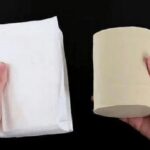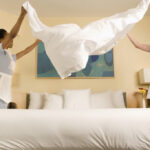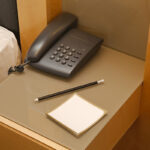## How to Stay Safe When Drinking Water in Hotel Rooms: A Traveler’s Guide
When you’re constantly on the move, traveling or on business trips, you’ll often find that hotels and guesthouses provide 1-2 complimentary bottles of water in your room. Before you quench your thirst, there are a few things you should keep in mind.
Distinguish between complimentary and chargeable water
Hotels typically offer a complimentary bottle or two of water, with additional products incurring extra charges. These complimentary bottles are usually placed on the drink table or in the room cabinet, easily visible. Any additional bottles of water, soft drinks, or snacks in the minibar or fridge are likely chargeable.
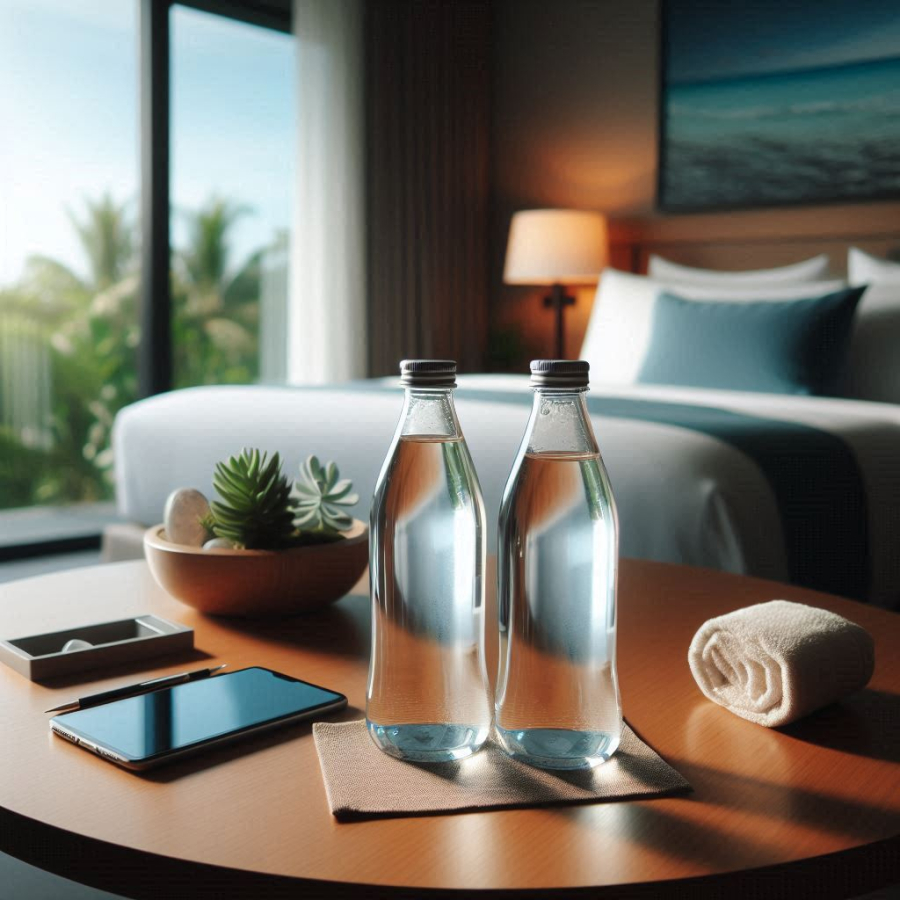
Hotel guests can expect two complimentary bottles of water per day.
Always check the room price inclusions and exclusions before consuming any items in the room. There should be a detailed price list available, outlining the charges for these additional products.
Check for proper sealing
Water provided for guests should always be new and properly sealed. However, it’s still advisable to inspect the seal before consumption. This is to avoid instances where the previous guest may have opened the bottle but not consumed the water, compromising the integrity of the seal. Although rare, it’s better to be cautious.
Additionally, visually inspect the bottle for any signs of tampering. As bizarre as it may seem, there have been instances where individuals with malicious intent have injected harmful substances into sealed bottles. While extremely rare, it’s a precaution worth taking. To ensure your safety, simply squeeze the bottle firmly upside down to check for any leaks. If water seeps out despite the bottle being tightly closed, it’s best to avoid consuming it.
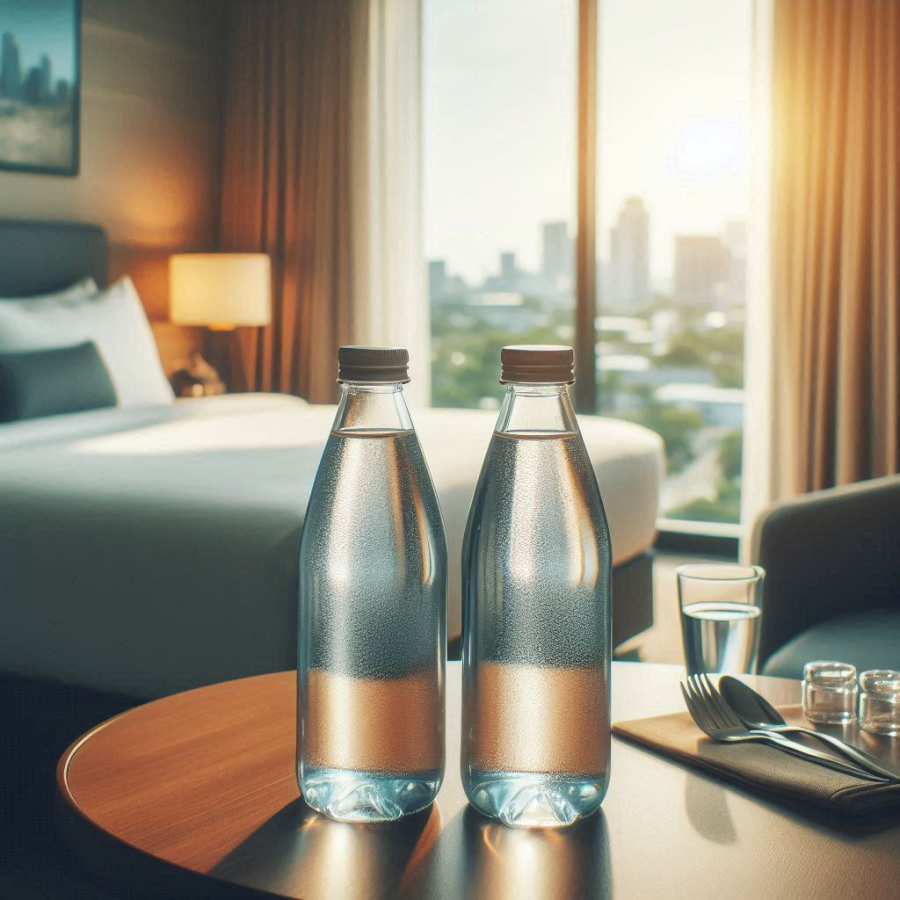
Always inspect the condition of the water bottles before consumption.
Verify the source, brand, and quality
In some cases, particularly in smaller or budget hotels, the water may be sourced from smaller manufacturers or substandard suppliers. Therefore, it’s essential to check the bottle for information about the producer, brand name, and expiration date. Also, take note of the water’s color, clarity, and the presence of any sediment or foreign objects to ensure it meets quality standards.
The Housekeeper’s Handbook: 5 Items to Avoid Using in Hotels
Introducing the often-overlooked havens of bacteria: your cozy blankets, plush towels, and yes, even your trusted coffee maker. Unbeknownst to many hotel guests, these seemingly innocuous items can harbor a multitude of microbes that are best left untended. It takes a discerning eye and a vigilant mind to navigate these potential pitfalls, ensuring a truly hygienic hotel experience.
What to Check First When You Enter a Hotel Room?
As a discerning traveler, you know that a hotel room’s cleanliness can make or break your stay. So, where should you begin your inspection? The bed, of course! A quick once-over of the sheets and mattress can reveal a lot about the hygiene standards of the establishment.
A bed is the heart of a hotel room, and a clean, comfortable one is essential for a good night’s rest. So, before you unpack your bags, take a moment to inspect the bedding. Are the sheets crisp and fresh, or do they appear worn and tired? Is the mattress firm and inviting, or does it sag in the middle? These are tell-tale signs that will give you an instant impression of the room’s overall cleanliness.
A quick inspection of the bed can save you from a world of discomfort and give you peace of mind, ensuring your stay is off to a great start.
Why Do Hotels Usually Provide Pencils Instead of Pens?
The hotel room desk or bedside table is often adorned with a notepad and pencil, a humble yet essential offering. This simple stationery set is a thoughtful touch, providing guests with a space to jot down their thoughts, ideas, or even a quick note to the staff. It’s a subtle invitation to write, to express, and to connect – a blank canvas awaiting the guest’s unique imprint.


























